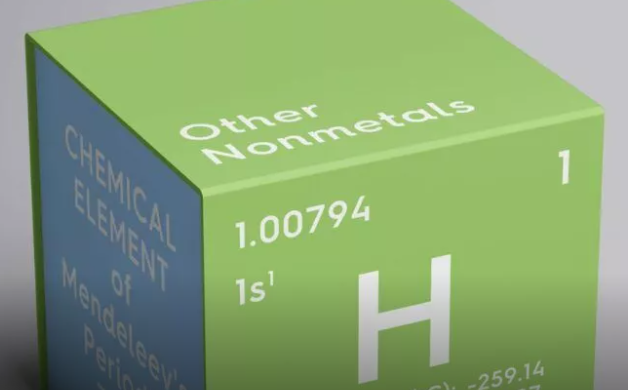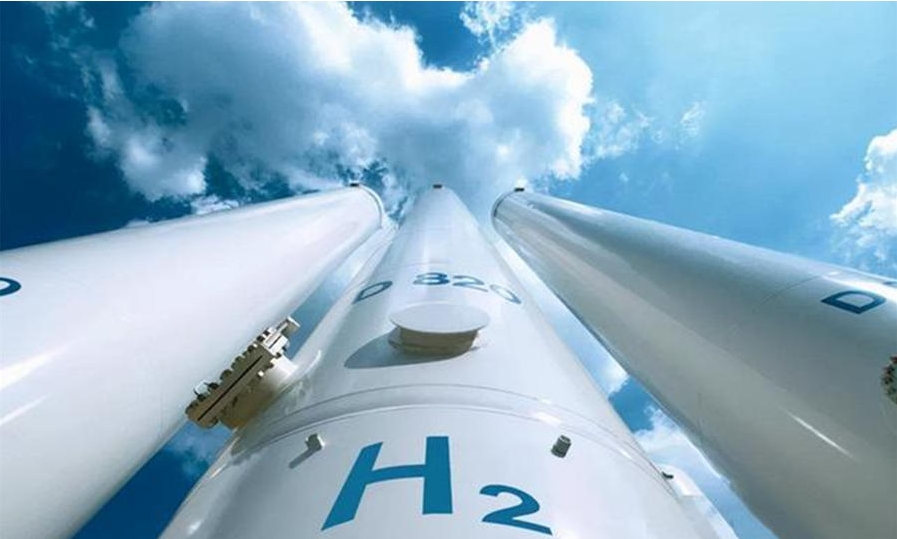
Sindh Energy Minister Imtiaz Ahmad Sheikh chaired a meeting to discuss the establishment of a pioneering Green Hydrogen Project in collaboration with China State Grid and Oracle Energy. This landmark project, the first of its kind in Pakistan, aims to generate 400 MW of green hydrogen using wind and solar energy.
With an estimated cost of $25 million, the Green Hydrogen Project will not only contribute to the country’s energy transition but also create employment opportunities for approximately 6,000 individuals directly and 2,000 indirectly. The Sindh government has already issued a Letter of Intent for the establishment of the project, with a designated area of 7,000 acres in Gharo, district Thatta.
Highlighting the government’s commitment to the welfare of the people and job creation, Minister Sheikh emphasized that the establishment of multiple projects for alternative energy underscores the efforts of the Sindh government. The meeting was attended by prominent figures including Zheng Lei To, CEO of China State Grid, Naheed Memon, CEO of Oracle Energy, Energy Secretary Abu Bakr Madani, and Director Alternate Energy Imtiaz Shah.
The Green Hydrogen Project holds immense significance for Pakistan’s energy landscape. Let’s delve deeper into its goals, technology, potential impact, and the challenges it may face.
Energy Transition: The project aims to contribute to the country’s transition to a more sustainable energy mix by producing green hydrogen, a clean and renewable fuel.
Job Creation: By directly employing around 6,000 individuals and indirectly supporting 2,000 jobs, the project will have a positive impact on employment rates and local economies.
Technology Development: The establishment of the project will facilitate the advancement of green hydrogen technologies, fostering expertise and innovation in the field.
Technology Utilized:
The Green Hydrogen Project will harness wind and solar energy to power electrolysis, a process that splits water molecules into hydrogen and oxygen. This method, known as electrolysis, utilizes renewable energy sources to produce green hydrogen, which can be stored and used as a clean fuel.
Environmental Benefits: Green hydrogen, produced using renewable sources, is a zero-emission fuel that can significantly reduce greenhouse gas emissions and contribute to combating climate change.
Energy Independence: By diversifying the energy mix and reducing reliance on fossil fuels, the project can enhance Pakistan’s energy security and promote self-sufficiency.
Economic Growth: The project’s construction and operation will create employment opportunities and stimulate economic growth, particularly in the region where it is established.
Challenges:
Infrastructure Development: The successful implementation of the Green Hydrogen Project relies on the availability of adequate infrastructure, including transmission lines and hydrogen storage facilities.
Cost Considerations: Despite the declining costs of renewable energy technologies, the initial investment and operational costs of green hydrogen projects remain a challenge. Continued advancements and economies of scale are crucial to making green hydrogen competitive with conventional fuels.
Regulatory Framework: Establishing a robust regulatory framework that incentivizes and supports green hydrogen projects is vital for their long-term viability and success.







